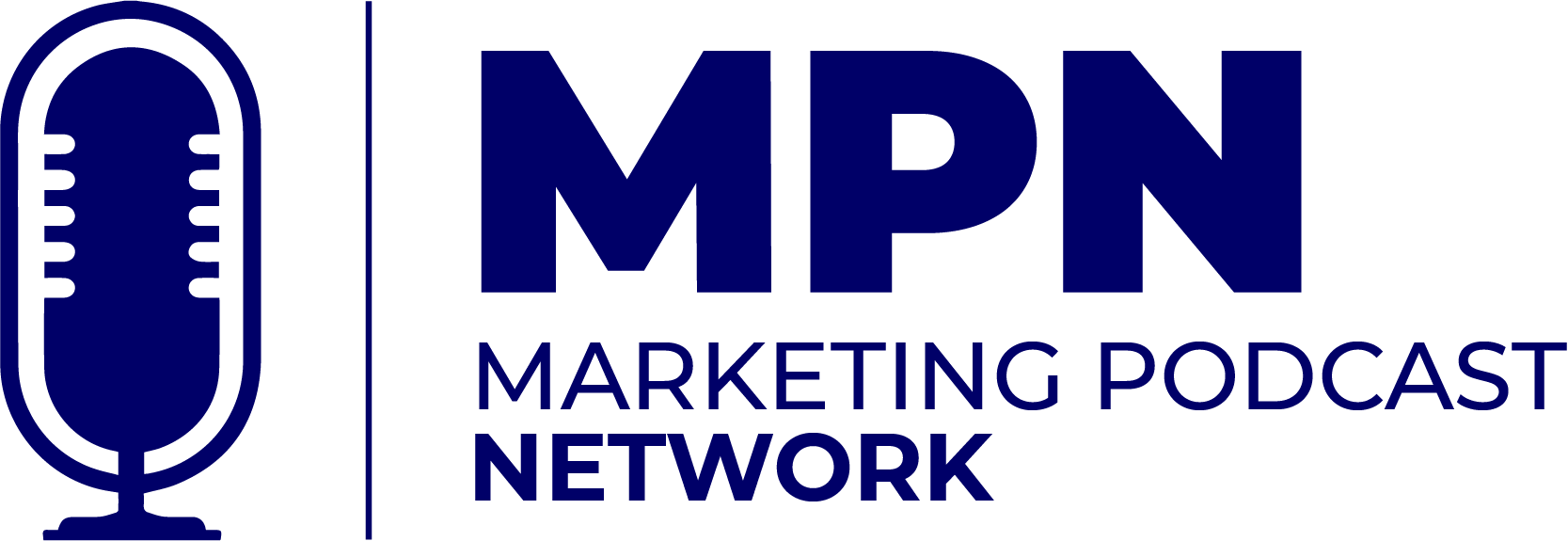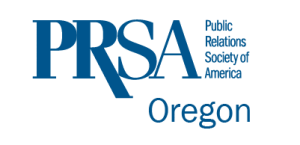![Navigating Email Etiquette in the Digital Age with Grace Aldridge Foster [Podcast]](https://www.veracityagency.com/wp-content/uploads/Grace-A-Foster-800x600-1.jpg)
Navigating Email Etiquette in the Digital Age with Grace Aldridge Foster [Podcast]
Today on the PR Talk Podcast, Amy Rosenberg gets to the point on email etiquette with Grace Aldridge Foster, Co-founder and Principal of Bold Type — a writing consultation and training company. Since the average person receives over 100 emails daily, it is very important to make sure yours stands out and is getting read.
Email Overwhelm
As an expert in email communication, Grace has noticed a recurring issue: an overwhelming number of emails flooding inboxes that are way too long, irrelevant, or unclear about the desired outcome. This issue then contributes to the stress of workdays or other commitments leading to many unopened emails.
Get to Your Point
To tackle this email overload, the senders should organize the most important information by placing it at the beginning, including the subject line. While PR folks know how important the subject line is, especially when pitching, it is often overlooked for other types of emails. But let’s not forget, the subject line and the preview text are the main factors that lead to a person opening the email.
Grace recommends including action words, limiting the subject line to 8-10 words, describing the request, highlighting the urgency, and providing a project deadline if possible. By implementing these tips, your emails have a higher chance of getting attention.
Don’t Default Your Emails
If you repeatedly use the same pleasantries in your emails, maybe you should ask yourself why? While it’s important in email etiquette to have an introduction, it’s equally important to stay mindful of the email’s purpose. Establishing guidelines for email etiquette is also crucial for businesses to ensure consistent communication. Here are a few general tips to follow:
- Think before you send. Sometimes an email can be too wordy or not include enough, so ask yourself if your email is clear and concise. If it feels excessive, chances are it is, which means it might be best to arrange a call instead.
- Know your audience. Avoid sending an email to someone that has no business reading that email, and ensure the language you use is appropriate for the receiver.
- Acknowledge an email within 24 hours. You don’t have to respond thoroughly, but a simple “received” would suffice.
- Establish specific times to check email. Don’t allow email to take away from your work day. Setting specific email check times throughout the day improves productivity by reducing email distractions.
Listen now to learn more about creating well-received emails and the different types of language you can incorporate to get your email read.
Don’t Miss an Episode
If you haven’t already subscribed to the PR Talk Podcast, you can find more great episodes on iTunes, Stitcher, Google Podcasts, iHeart Radio and Spotify. While you’re there, don’t forget to rate and review the show!
About the Guest: Grace Aldridge Foster
Grace has been training writers for over a decade. She has worked with organizations, including: the U.S. Special Operations Command, Capital One, Johnson & Johnson, Biogen, the Aspen Institute and the National Parks Service. Grace is also a Center for Plain Language member and serves as a judge for the annual Federal Report Card and ClearMark Awards, scoring federal agencies and other organizations on their ability to communicate clearly to online audiences.
PR Talk is part of the Marketing Podcast Network
The Marketing Podcast Network gives brands that sell to marketers direct access to reach thousands of buyers via their trusted media source: Marketing podcasts. Browse our library of shows and see where your message can be placed to reach prospective customers ripe for your message.
This episode of PR Talk is brought to you by PRSA Oregon
Throughout Oregon and Southwest Washington, PRSA provides members with networking, mentorship, skill building and professional development opportunities – whether you are a new professional fresh out of college or a skilled expert with 20 years in the industry. Check out PRSAoregon.org for more information on how membership can help you grow and connect.








